10 Horror Classics You Should Read: Horror is one of the most well-liked genres in the film medium, and monsters and insane people have grown to be equally as popular as action figures and love interests. However, many of these spooky films began as book chapters before being adapted for the big screen.
10 Horror Classics You Should Read
The Exorcist by William Peter Blatty
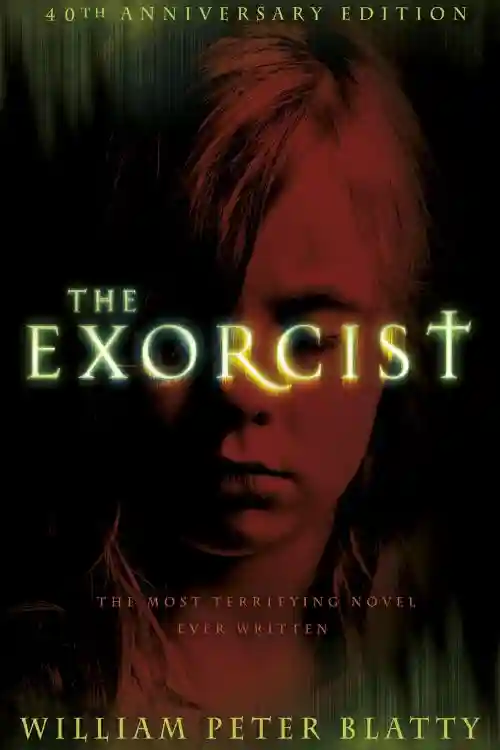
It’s been dubbed the scariest movie ever, and it came from one of the scariest books to possibly ever make the Best-Seller List. In 1971, William Peter Blatty’s novel The Exorcist frightened readers, and three years later, he also created the screenplay for the subsequent movie.
It should be read since it is a classic that influenced horror in both literature and film. Additionally, it still carries that sinister reputation.
It by Stephen King

It ranks among Stephen King’s most terrifying writings. Even now, movie or no movie, there are some scenes strewn throughout the pages of this horrifying book that make readers want to throw up.
Those who want to read this King classic should be aware that it is lengthy. Be prepared to spend a lot of time with it because it has over 1000 pages and numerous chapters that are devoted to extraterrestrial exposition.
Coraline By Neil Gaiman
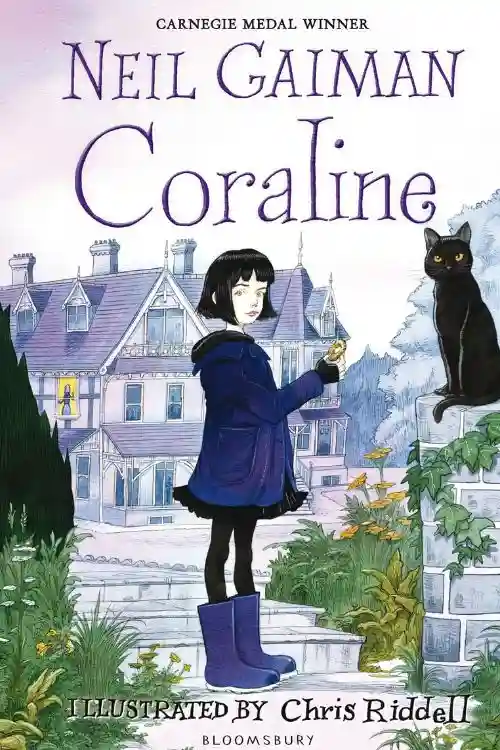
Coraline should be the one novel by Neil Gaiman that readers choose to read in their lifetime. The Henry Selick movie is fantastic and might be among the scariest ones ever created for children, but the book has so many more sinister parts that were just left out.
The solitude of Coraline in the home, her tragically terrible meeting with the Other Father, and the eerie atmosphere all contribute to some chilling sequences. What else is reasonable to anticipate from a talent like Gaiman?
Interview With the Vampire by Anne Rice

Interview with the Vampire delivers a vampire romance story with a real bite if the likes of Twilight left anyone with a foul taste in their mouth. Vampires might be seductive and frustrating creatures, but at their core, they are still monsters.
Louis is a wonderful storyteller, and Lestat is one of literature’s most endearingly tortured characters. Even though the movie takes some liberties, Rice’s series is still a fantastic addition to the genre.
The Legend of Sleepy Hollow by Washington Irving

It’s the key American haunting, and possibly the only horror book even the timidest readers can manage. The story of Ichabod Crane and the Headless Horseman by Washington Irving has been expertly adapted by both Burton and Disney, but the book has something extra special to offer.
While it’s simple to read, it also delves into history, folklore, humor, and a spooky atmosphere. Is it any wonder that its delights have persisted for so long?
Frankenstein By Mary Shelley

Frankenstein by Mary Shelley not only invented the current science fiction subgenre but also gave horror a fresh look. It may be drilled into audiences through high school English lessons, but the plot is very intricate and stimulating.
The book explores a compelling and heartfelt relationship between Victor Frankenstein and the creature he creates. It belongs among the deeper entries in the horror genre, without a doubt.
The Turn of The Screw By Henry James
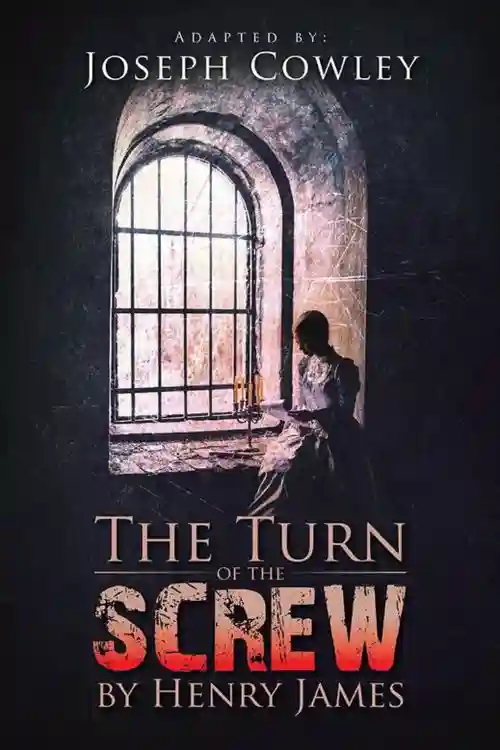
There was The Turn of the Screw before The Haunting of Bly Manor, The Turning, and other cinematic versions of the novel. It’s one of the most fantastic Gothic horror films, and it’s ideal for fans of traditional themes and visuals with a bit of additional gore.
The book features murder, possession, and haunted mansions—archetypes in the genre that most readers are familiar with—but with a darker tone than is typical of books from this period.
Scary Stories to Tell In The Dark By Alvin Schwartz

With this venerable ’90s series, where do I even start? Horror readers have certainly heard at least a few of Schwartz’s stories someplace, even if they haven’t read one of these fantastic anthologies.
The folktales and urban legends that make up Scary Stories to Tell in the Dark are all well-known to many readers, but Schwartz and illustrator Stephen Gammel give them a unique spin that is flawlessly reflected in Del Toro’s film.
Dracula By Bram Stoker
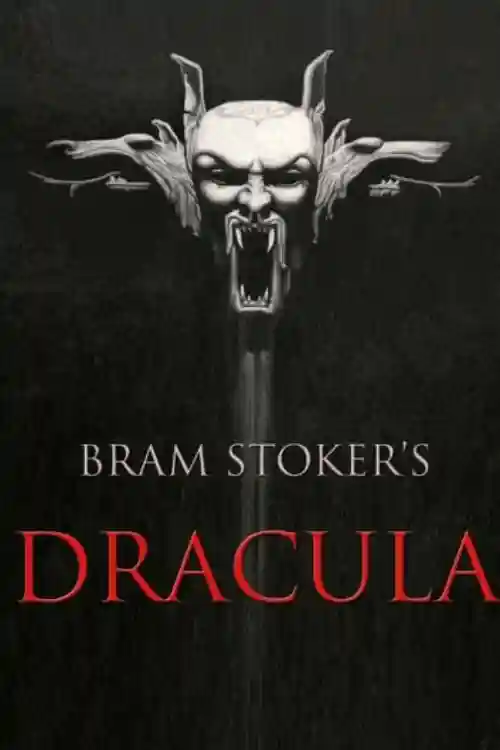
Dracula by Bram Stoker is a classic example of a horror book. It includes Gothic castles, vampires, and monster hunters—everything a devotee of the genre might want. Even if it has a slow start, it is nonetheless filled with classic and terrifying images.
The book is a load-bearing pillar of the genre, from Dracula’s appearance at the top of the staircase to the menacing exterior of his castle in Transylvania. Unquestionably not one that any fan should skip.
The Shining by Stephen King
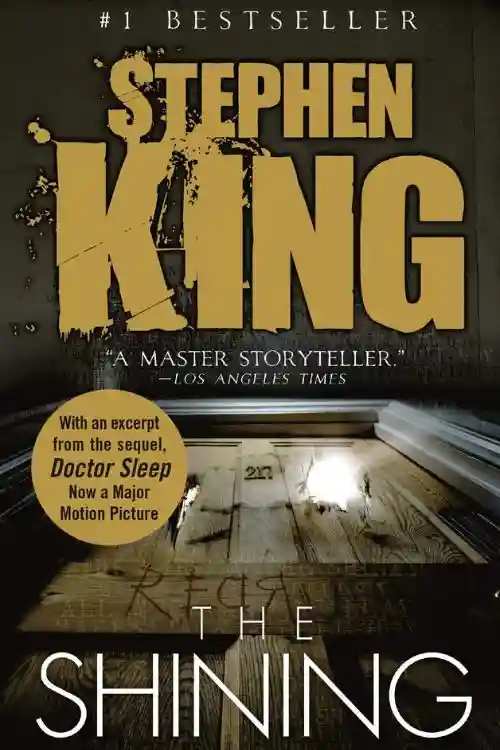
Once again, Stephen King tops the list with what is arguably the most well-known haunted house tale in all of literature. Although Kubrick’s portrayal of the Overlook Hotel is absurdly loose in comparison to the book, it nonetheless captures the hotel’s eerie atmosphere.
The scares approach gradually but quickly strike. Reading this book is like waiting for the fuse to blow on a dynamite keg. That thing is certain: there are far more than evil spirits at work in this nightmarish masterwork.
Conclusion
The adaptations of legendary horror films can occasionally fall flat. Since the beginning of the genre’s history, many horror books have kept readers up at night and have inspired amazing film and television adaptations. Consequently, there are a few literary alternatives to great horror films that readers should check out first, regardless of whether they prefer psycho killers or demonic possessions.
Also Read: Top 10 Unicorn Startup Companies in India 2022



